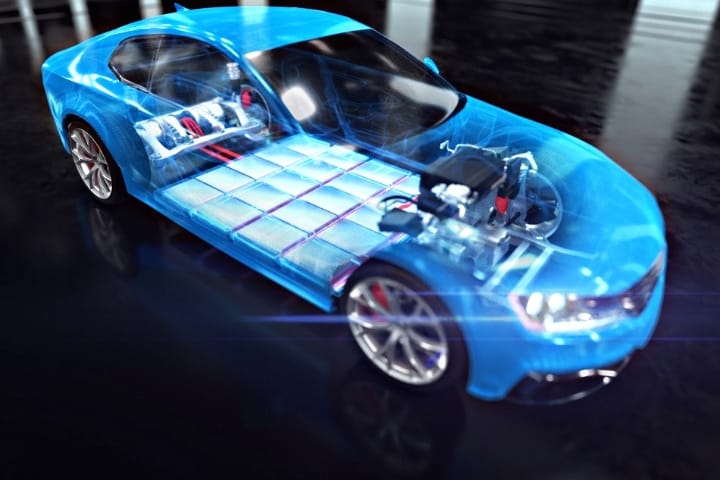Globally, electric mobility has been on the rise. It is of the major mega-trends predicted for the next decade. And in order to make total E-mobility a reality for manufacturers, laser cutting is a crucial component.
Automobile manufacturers have used lasers for constructing traditional internal combustion engines for a long time.
In 2017, UBS Securities research analysts disassembled the world’s first mass-market electric vehicle (EV), the Chevy Bolt, as well as the world’s top-selling internal combustion engine (ICE), the Volkswagen Golf. A comparison of the material compositions of the two vehicles revealed one of the industry’s greatest photonics opportunities.
There may be some who wonder what laser cutting has to do with e-mobility. It would be much more difficult and even impossible to construct any E-mobility components without laser cutting. For example, Batteries for electric vehicles are constructed from coated foils. Carbon-based material is coated with a highly conductive material on the foils. Fiber lasers are ideal for cutting foils, which are otherwise difficult to cut.
With laser cutting, laser welding is also becoming increasingly common in EVs, especially when it comes to brazing and welding battery packs made of copper and aluminum. The use of industrial lasers in the manufacturing of batteries, motors, and electronic components has also increased significantly, particularly for fiber lasers.
Cylindrical batteries with larger form factors are expected to provide several benefits to both auto manufacturers and consumers. This means greater range, greater power, faster charging times, longer lifespans, and better operation in cold weather for drivers. Lasers can enable a reduction in costs and more streamlined production for manufacturers.
There are several other welding processes involved in making batteries, and again, these vary by manufacturer and design. But the most challenging and sensitive ones all share certain common requirements, including the need for minimal heat affected zone, high process speed (typically somewhere in the 200 – 500 mm/sec range), accurate penetration depth control, and splatter elimination.
Increasing battery production volumes to fuel the rising demand for e-mobility and renewable energy puts pressure on manufacturers to improve production yields and throughput to stay competitive. That’s where fiber lasers have proven to be highly successful.
The Adjustable Ring Mode (ARM) laser technology developed by Coherent allows precise control over the heating and cooling of materials during welding. The ARM laser utilizes a dual-beam output. This is a central spot surrounded by a second, concentric ring of laser light. The power in each of these beams can be independently set and even modulated, and this enables the desired control. ARM lasers are already finding use in other demanding automotive joining applications, like battery welding and copper welding, that require this same kind of finesse.
